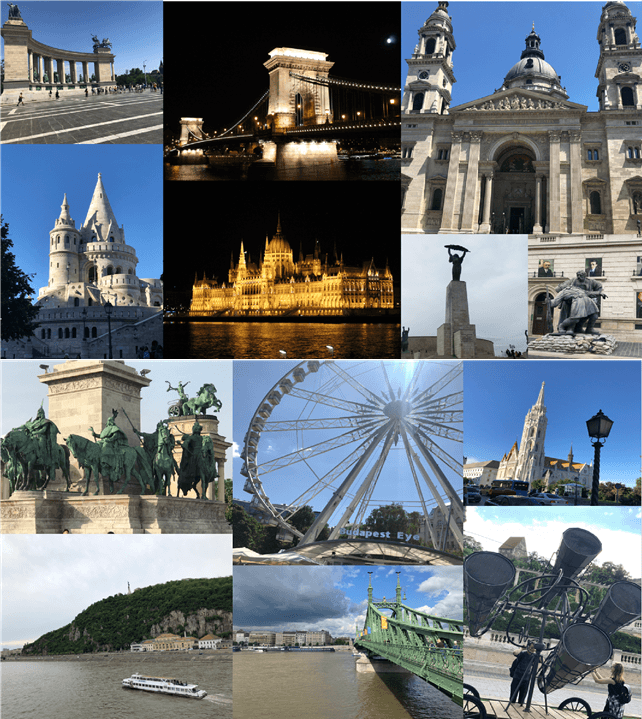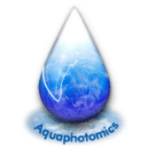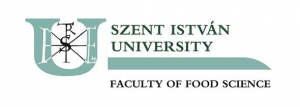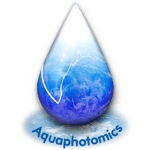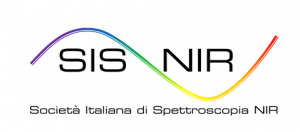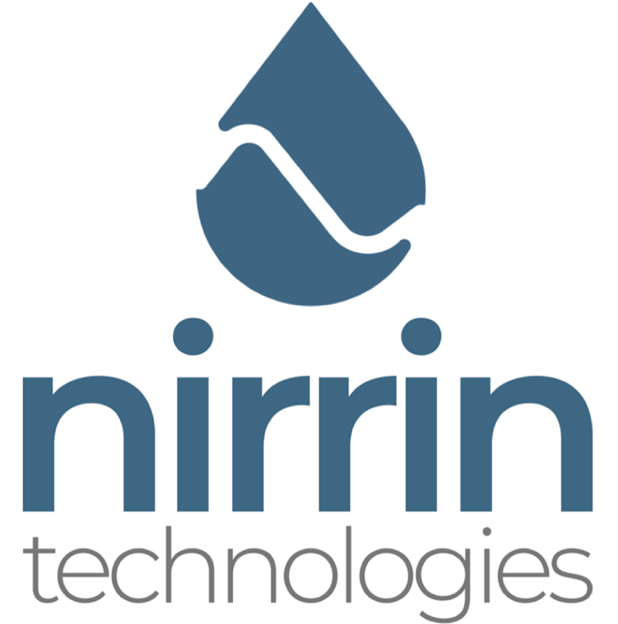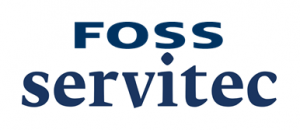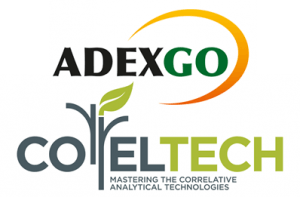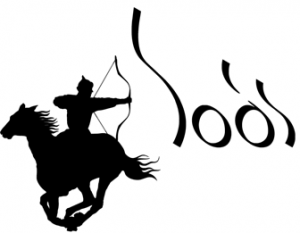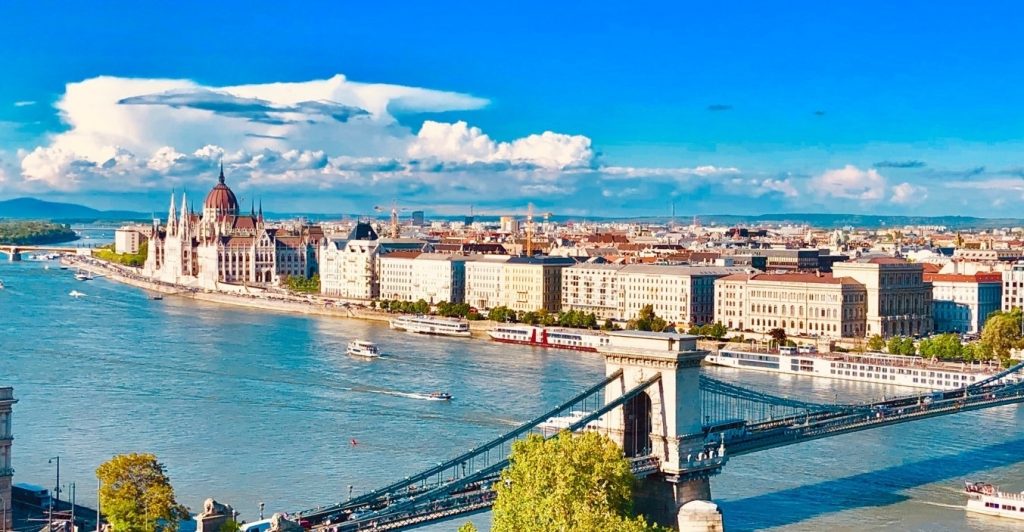
The 2nd Aquaphotomics European Conference
Venue: Lurdy International Conference Center (Budapest, Könyves Kálmán krt. 12-14., 1097)
City: Budapest, Hungary
Date: 2nd – 3rd December, 2019 (4th Biosystems Joint Conference)
Conference website: https://www.aquaphotomics.com/european-chapter/
Contact email: aquaphotomics.eu@gmail.com
Scientific Committee
Honorable Chair: Roumiana TSENKOVA (Kobe University, Japan)
Albert KRASTANOV (University of Food Technologies, Bulgaria)
Aleksandar SLAVCHEV (University of Food Technologies, Bulgaria)
Christian HUCK (Leopold-Franzens University, Austria)
Cristina MALEGORI (University of Genova)
Dusan KOJIC (Keio University, Japan)
Everine Van DE KRAATS (Water Research Lab, Germany)
Federico MARINI (University of Rome La Sapienza, Italy)
George BÁZÁR (Kaposvár University, Hungary)
Jelena MUNCAN (Belgrade University, Serbia)
Tiziana CATTANEO (CRA-IT, Italy)
Zoltan KOVACS (Szent István University, Hungary)
Organizing Committee
Chair: Zoltan KOVACS (Szent István University, Hungary)
Bernhard POLNER (Innsbruck University, Austria)
Everine Van DE KRAATS (Water Research Lab, Germany)
Cristina MALEGORI (University of Genova)
George BÁZÁR (Kaposvár University, Hungary)
Lawrence WONG (Kobe University, Japan)
Local Organizing Committee
Viktoria Zsom-Muha
Laszló Baranyai
Zoltan Gillay
Zsanett Bodor
John-Lewis Zinia Zaukuu

Welcome
Dear colleagues,
On behalf of the Organizers, we cordially invite you to the 2nd European Aquaphotomics Conference scheduled to take place on the 2nd – 3rd December, 2019 in Budapest, Hungary.
The 2nd European Aquaphotomics Conference is organized in cooperation with the Faculty of Food Science, Szent Istvan University, SISNIR – Società Italiana di Spettroscopia NIR and the International Aquaphotomics Society.
Aquaphotomics is an interdisciplinary scientific field that has increasingly become relevant in Europe, especially with the dynamic changing era of science and its value to life. The goal of this conference is to build upon evolving ideas from the First Aquaphotomics meeting in Lugano, Switzerland by bringing together scientists, scholars, students and industrial key players to brainstorm on challenges of mutual interest. This conference provides opportunities for delegates and participants from all over the World to exchange new ideas and experiences, to establish business or research relations and to find new partners for future collaboration.
The program will cover major fields of science, particularly spectroscopy and water functionality. The official language will be English and will commence with a semi-irregular but exciting session of direct conversations and interactions among participants. This is to help familiarize with each other’s expertise and get amicable even before the workshop starts so that ideas can be freely shared with more confidence to make greater impacts. Presentations will include invited plenary and keynote lectures, scientific presentations, flash presentations and poster sessions.
We are looking to forward to welcoming you to our amiable city for the 2nd European Aquaphotomics Conference, and we hope that you will find it a stimulating scientific event and an impactful personal experience.
Chairperson
Zoltan Kovacs
Program
Conference Program: (Click here to download)
———————————————————————————-
Program 2nd European Aquaphotomics Conference
2-3 December 2019, Budapest, Hungary
Monday
08:30-09:30 Registration (and software installation support if required)
09:30-12:30 WORKSHOPS
09:30-10:00 George Bazar – Evaluating the spectral quality to improve the results of data analysis
10:00-10:30 Zoltan Kovacs – A short introduction to aquaphotomics
10:30-11:00 COFFEE BREAK
11:00-12:30 Bernhard Pollner – Problem-oriented introduction to aquap2, a free multivariate data analysis tool with aquaphotomics methods
12:30-22:00 CONFERENCE TOUR**
12:30-13:30 lunch
13:30-18:30 TOUR
18:30-20:30 dinner
21:30-22:00 drive to the hotels
**For those that signed up for the tour. Please be prepared with warm clothes!
Tuesday
08:30-08:55 Registration
08:55-09:00 Arrival yoga/meditation exercise*
09:00-09:10 Opening by Zoltan Kovacs
09:10-10:30 Scientific section 1
Section chair: Roumiana Tsenkova
09:10-09:30 Zoltan Kovacs – Aquaphotomics and its recent applications in the field of food science
09:30-09:45 Tiziana Cattaneo – Aquaphotomics holistic approach to identify differences in soil profiles
09:45-10:00 Stefka Atanassova – Near-infrared spectroscopy and aquaphotomics for early detection of fungal diseases on cucumber and durum wheat
10:00-10:15 John-Lewis Zinia Zaukuu – Authentication of tomato paste concentrate with near-infrared spectroscopy
10:15-10:30 Bodor Zsanett – Detection of adulteration of linden honey with beet and rice syrup using aquaphotomics
10:30-11:00 COFFEE BREAK (last 10 minutes yoga/meditation exercise*)
11:00-12:30 Scientific section 2
Section chair: Christian Huck
11:00-11:30 Antonella De Ninno (invited speaker) – On the quantum nature of the two fluids in liquid water
11:30-11:45 Paolo Renati – Temperature dependence analysis of the NIR spectra of liquid water confirms the existence of two phases, one of which is in a coherent state
11:45-12:00 Nikolaj Sorgenfrei Blom – DireWaves: Disarming resistant microbes with weak ELF magnetic fields
12:00-12:15 Everine van de Kraats – Water functionality and lessons learnt from NIR spectroscopy
12:15-12:30 Zoltan Gillay – Evaluation of modified handheld spectrometer to transmission mode using NaCl and saccharose
12:30-13:30 LUNCH BREAK (last 10 minutes yoga/meditation exercise*)
13:30-14:45 Scientific section 3
Section chair: Antonella De Ninno
13:30-14:00 Christian Huck (invited speaker) – Future directions of near-infrared spectroscopy in food, phyto and bioanalysis
14:00-14:15 Nirrin Technologies sponsor presentation with Bryan Hassel on Skype
14:15-14:45 Poster flash presentations (starting with 5 min yoga/meditation exercise*)
14:45-15:15 POSTER SESSION
15:15-15:30 COFFEE BREAK
15:30-17:30 Round table discussion
Moderator: Everine van de Kraats
17:30-18:10 Plenary & Closing
Section chair: Zoltan Kovacs
17:30-18:00 Roumiana Tsenkova (invited plenary presentation) – Aquaphotomics as emerging technology denominator
18:00-18:10 Closing remarks
18:30-22:00 DINNER
* All yoga/meditation exercises are led by Esther Sorgenfrei Blom.
Registration & Abstracts
Downloads
3rd Circular: Click to download
Registration Form: Click to download
Abstract Template: Click to download
Important Dates
Important dates and deadlines
Abstract submission: 15th 25th October, 2019
Notification: 3rd November, 2019
Payment: (early bird) 31st October, 2019
Registration fees:
- early bird (by 31st October)
- Student: 100 Euro
- Regular: 120 Euro
- normal and on-site payments
- Student: 120 Euro
- Regular: 150 Euro
Includes: conference participation and conference materials food and drink during the conference (including dinner on 3rd November, 2019).
Invited Speakers & Workshop
Invited Speakers




Workshop Speakers



Sponsorship
Sponsors
Sponsorship Invitation
Details of sponsorship can be downloaded here: Click to download
We made pre-reservation for the participants of the conference with three hotels at various rates, please find our offers below.
The offers are valid for the days between 1st and 4th December, 2019.
Hotel Leonardo ****
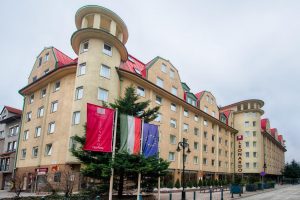
Offers of the hotel
The hotel is serving double rooms with two beds for one or two persons.
- For one person: 69 EUR/room/night including breakfast
- For two persons 79 EUR/room/night including breakfast
Rooms can be upgraded for extra cost:
- Superior room is for extra 10 EUR /room/night
- Suite room is for extra 30 EUR/room/night
The prices include taxes and access to the hotel’s Fitness Room and Wi-fi.
Reservation instructions
The reservations can be done by filling the form (Click to download: HotelLeonardoBookingForm) and sending it to reservations.budapest@leonardo-hotels.com, please refer to “Scientific Meeting Physics Department” in the e-mail.
Payment and cancellation policy
Payment can be done in the hotel directly, in cash or by card. Please state your preferred payment method (cash/credit card) in the booking form.
Cancellation of the reservation: free by 16th November, 18:00 (local, Hungary time). After this 100% of the fee has to be paid.
Website: https://www.leonardo-hotels.com/leonardo-hotel-budapest
Location: The conference venue can be reached in about ten minutes with Tram 51.
Hotel Actor ****
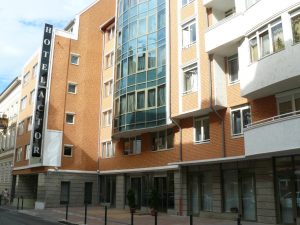
Offers of the hotel
- Standard category
- Single room (one bed): 64 EUR/room/night including breakfast
- Double room (two beds) 70 EUR/room/night including breakfast
- Superior Category
- Single room (one bed): 75 EUR/room/night including breakfast
- Double room (two beds) 80 EUR/room/night including breakfast
The prices include taxes and access to Wi-fi.
Reservation instructions
Reservation can be made until 31st October at this price referring to the conference.
The reservations can be done by filling the form (Click to download: HotelActorBookingForm) and sending it to actorhotel@actorhotel.hu, please refer to “SZIECONF” in the e-mail.
Payment and cancellation policy
The payments can be done in cash/by card/ or transferring the money to the hotel account* and it has to be done by 15th November, 16:00 (local, Hungary time).
Please do not proceed with the payment until your reservation is confirmed by the hotel!
Bank details
Name of the bank: Magnet Magyar Közösségi Bank Zrt. Address of the bank: 1062, Budapest Andrássy út 98. Firm code: 01-10-04611 Bank account for EUR payment: HU 12 1620 0106 11633271 00000000 IBAN SWIFT: HBWE HUHB
Free cancellations can be done until 15th November, 16:00 (local, Hungary time), after this the 100% of the price has to be paid.
Website: http://actorhotel.hu/en/
Location: The conference venue can be reached in about ten minutes with Tram 51.
Hotel Rila ** – hostel style
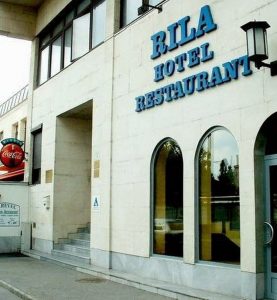
Offers of the hotel
- Single room (one bed) – 9000 HUF (27 EUR)/room/ night including breakfast
- Double room – 12000 HUF (36 EUR)/room/night including breakfast
The prices include taxes and access to Wi-fi.
Reservation instructions
You can make your reservations via website of the hotel. If you choose this hotel, please in the notes write the SZIECONF code.
If you would like to stay with someone else, then when you apply please write also in the notes.
Payment and cancellation policy
Payment can be done at the hotel at arrival in cash/by card.
You can cancel and modify your booking by 23rd November, 16:00 (local, Hungary time).
Website: (where you can make your reservation) http://www.hotelrila.com/
Location: The conference venue can be reached in about five minutes on foot.
Tour
Tour fee (90 Euro) covers lunch and dinner and visits to some Budapest tourist sites.
